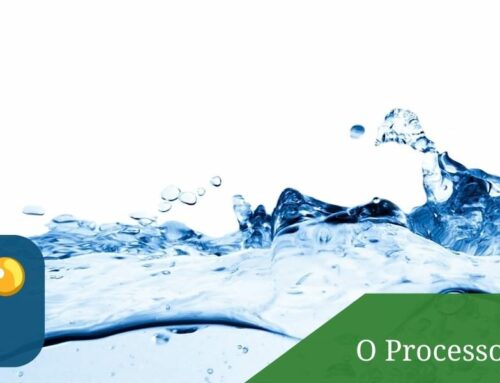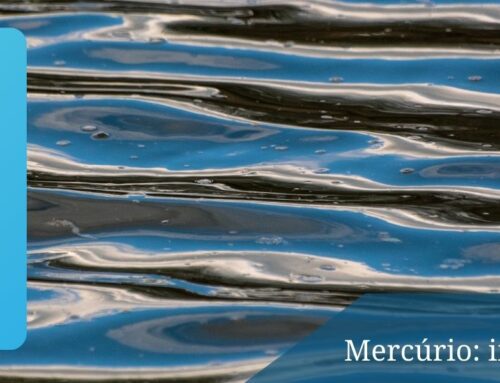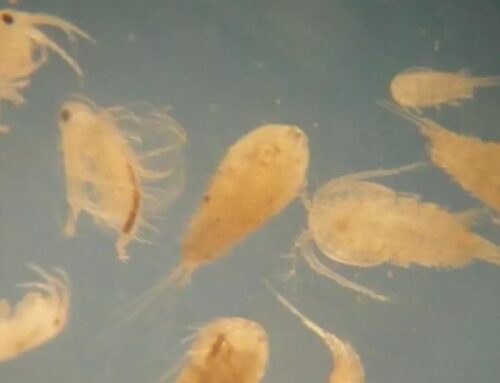Microbiological Parameters
Clostridium perfringens are gram-positive, anaerobic, spore-forming bacteria that are present in soil, water, and in human and animal waste. They can be pathogenic, that is, potentially disease-causing. Their spores are resistant to high temperatures and can survive long in water because they are more resistant to disinfection treatments (Souza, 2017).
The identification of bacteria in water samples can be done by the membrane filtration technique using the selective medium m-CP agar to detect vegetative cells and spores, its confirmation is done after the typical colonies are exposed to ammonium hydroxide vapor and show a dark pink coloration (USEPA, 1996).
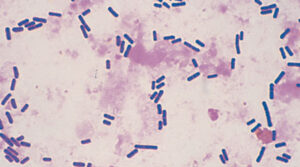
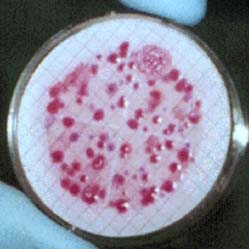
The identification of this bacterium in water can indicate problems in the treatment process, so sanitary conditions, quality controls and knowledge of the microorganism are fundamental to ensure the safety of the analyzed samples (Laborclin,2018).
The laboratory of
EP Analytical
performs collection and analysis of Pseudomonas aeruginosa, total Enterococcus, Staphylococcus aureus and Clostridium perfringens parameters using the membrane filtering technique. These and other microbiological parameters are part of our scope accredited by the ABNT NBR ISO/IEC 17025 standard from CGCRE/INMETRO.
Mariana Pereira Silva (
LinkedIn
)
References
1. Souza, L.T.S. Clostridium perfringens: A review. 2017, Federal University of Minas Gerais- UFMG.
2. MCP Agar Method for Clostridium perfringens. Appendix C10. OHIO Water Microbiology Laboratory. Modified from USEPA (1996).


